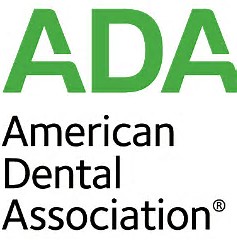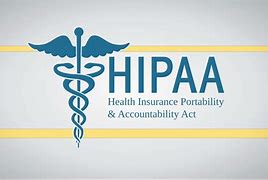Many studies have shown that dentists are among those healthcare providers particularly prone to burnout…
New Post-Exposure Guidelines for Occupational HIV Exposures
In early August, the US Public Health Service (USPHS) released updated guidelines for managing occupational exposures to HIV and recommendations for post-exposure prophylaxis (PEP). The updated guidelines were developed by an interagency USPHS working group consisting of members from the CDC, NIH, FDA, and HRSA, an external expert panel.
Although the principles of exposure management remain the same for the employer, the recommended regimen for HIV PEP and duration of HIV follow-up testing have been revised. Published in the September edition of Infection Control and Hospital Epidemiology, the new guidelines stress the administration of PEP as soon as possible following an exposure to HIV* in the workplace, in addition to amending the types and number of antiviral drugs indicated.
The new PEP regimen calls for the use of a combination of three or more drugs that are more tolerated than those previously recommended, after any occupational HIV exposure*. Additionally, if newer antigen testing is used for follow-up testing, an option to conclude testing at four months, rather than six months, is provided. The aim of the new recommendations is to make the PEP regimen more tolerable, increasing the likelihood that healthcare personnel complete the PEP regimen.
Specific recommendations included in the USPHS guidelines include:
- Primary prevention strategies and prompt reporting and management of occupational exposures.
- Identification of the source patient to guide the need for HIV PEP.
- Prioritization of PEP and expert consultation.
- PEP consisting of three or more antiviral drugs for four week.
- Medical evaluation within 72-hours of HIV exposure, to include follow-up HIV testing, monitoring for drug toxicity, and counseling.
- HIV testing four to six months after exposure.
- Distribution of the new guidelines to emergency physicians, hospitals, and other providers as needed.
For more information, access the full USPHS guidelines document. Additionally, CDC created an infographic that may be helpful to healthcare personnel.
* The updated guidelines define an exposure as a situation in which a healthcare provider has been exposed to a source person who has HIV infection or for whom there is reasonable suspicion of HIV infection.
OSHA Review, Inc. a registered continuing education provider in the State of California, specializing in Dental Practice Act, infection control, and Cal/OSHA training. OSHA Review subscribers in California receive updated regulatory compliance and infection control training thorough our bi-monthly newsletter.


